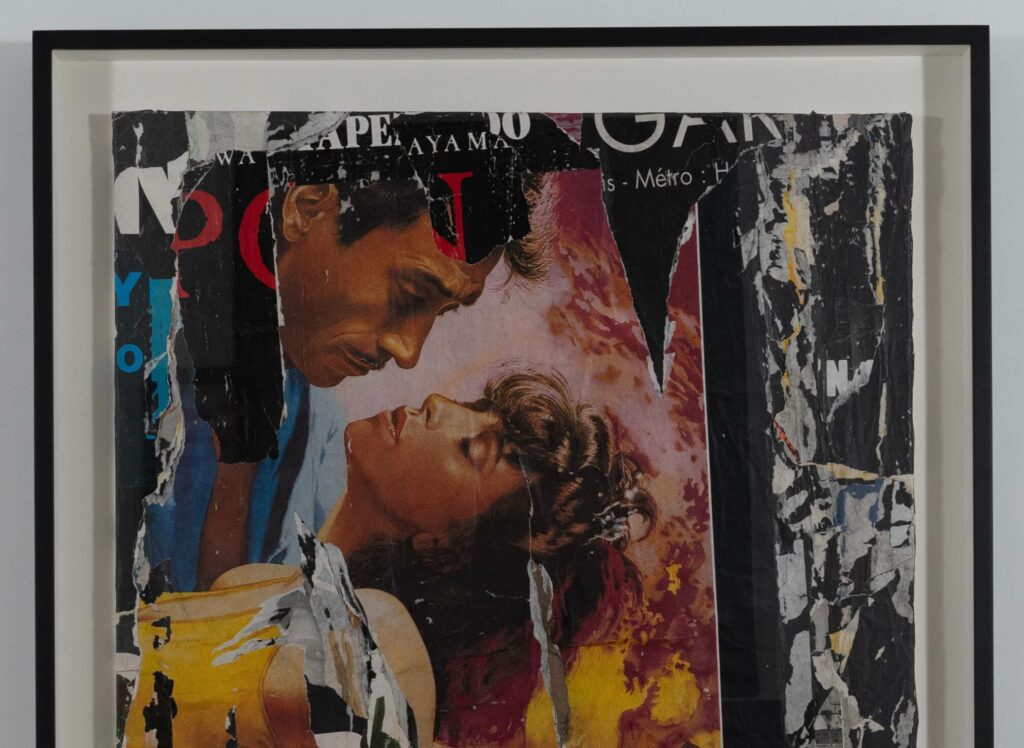Who is Jacques Villeglé?
Born in 1926, the French artist Jacques Villeglé belongs to the movement of ultraletterism and New Realism (Nouveau Realisme) in the mid-twentieth century.
In 1944, Villeglé began studying painting at the art academy in Rennes, later switching to architecture. During his studies, Villeglé collected found objects on the Atlantic, often made of steel and wire, and assembled them into sculptures. Villeglé was not happy with the academic training and so he followed his student friend Raymond Hains to Paris in 1949.
Together with Hains, he developed the technique of tearing off posters and created the first joint work "Ach Alma Manetro". Villeglé retained poster tearing, which he called "affiches lacérées", as a form of artistic expression for the following decades. As a precursor of the Pop Art movement, Villeglé's importance was acknowledged by many international museums. His works hang in the MoMA in New York and the Centre Pompidou in Paris.
Jacques Villeglé died in Paris in June 2022.
Villeglé in the "25 Years" exhibition at the MUCA Munich
The anniversary show (06.10.2022 - 10.09.2023) featured the poster tear-off "Poules et Frites", an "affiche lacérée", by Villeglé.
How does Jacques Villeglé work?
Over time, the growing layers of posters on the walls of cities were
walls of the cities were regulated by being torn down and removed again and again by passers-by and companies
and companies who wanted to make room for new advertising.
removed. This process and the scarred billboards it leaves behind,
inspired Villeglé to create his "affiches lacérées", in which he removes thick
layers of posters from billboards and then tore off the sheets on top himself
the top sheets himself to reveal the motifs underneath in fragmentary and shadowy
to reveal the motifs underneath.
In the second half of the 20th century, Villeglé appropriated thousands of
Villeglé appropriated thousands of advertising posters and turned them into new
compositions. Villeglé described this as "the world newspaper of the street" - each
work offers an insight into the visual language of the particular society
from which it originates.
